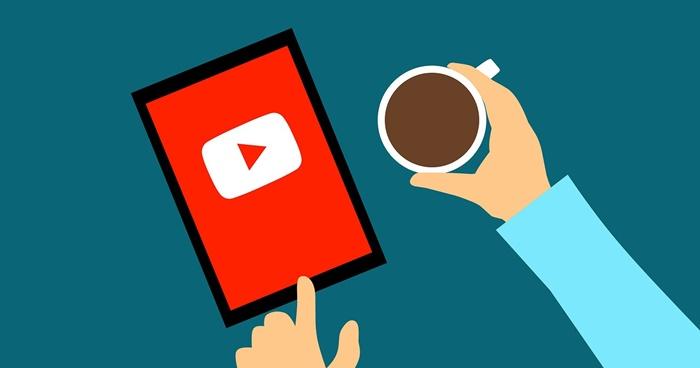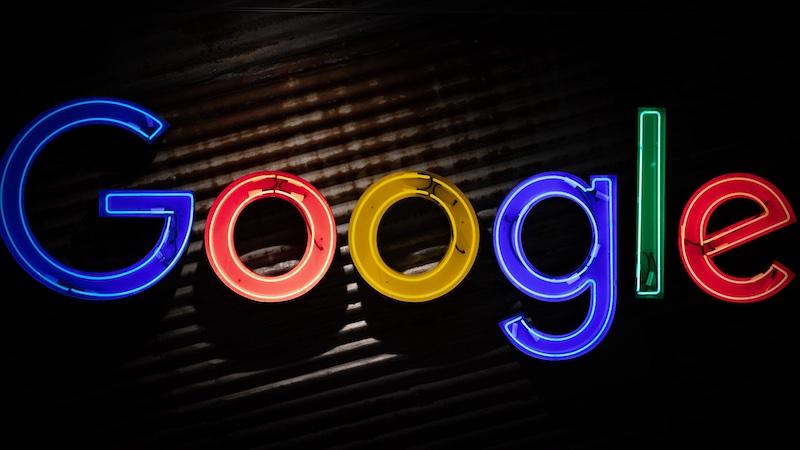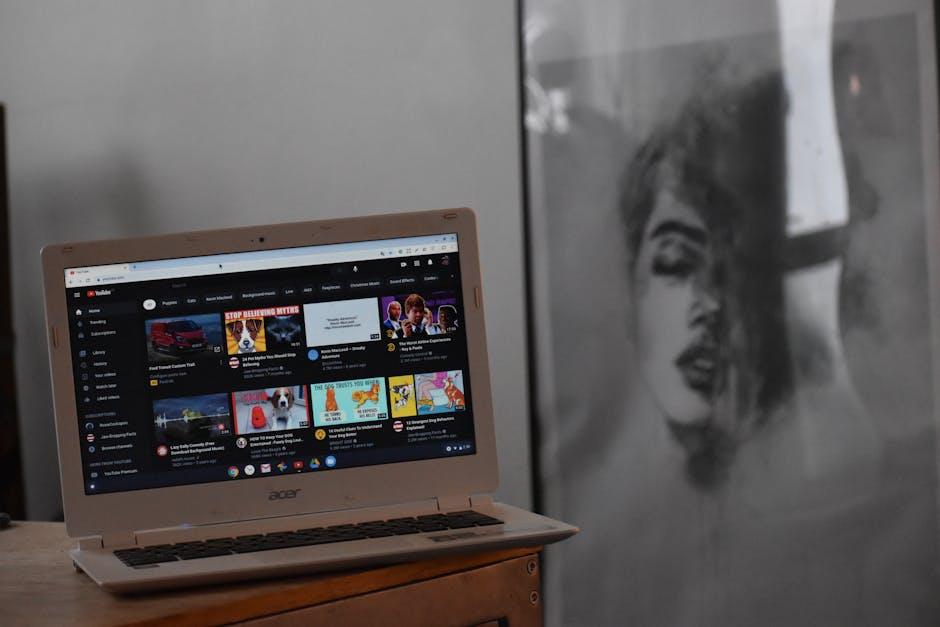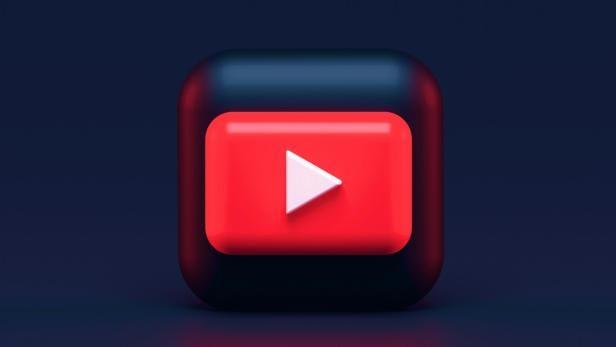Hey there, YouTube fam! Have you ever had that moment when you read an update and think, “Wow, this could actually make my life easier?” Well, brace yourselves because today’s YouTube update might just be one of those game-changers we’ve all been waiting for. If you’ve been navigating through the YouTube Studio recently, you may have noticed a notification about new controls for your content. Yep, that’s right! You can now choose whether to allow third-party companies to use your videos for training their AI models. What’s the catch, you ask? Well, I’ll break it down for you.
In a world where videos on platforms like YouTube can be prime targets in the race to train AI, it’s refreshing to see YouTube putting power back into the hands of creators. This new setting isn’t just about protecting your content; it’s a way for you to have a say in how your hard work is utilized—because let’s be real, our videos are like digital gold. But hold on; before you start panicking or cheering, let’s unpack what all of this means on a deeper level. Is it just a protective measure, or is there something more going on behind the scenes? And honestly, would any creator really want to say “yes” to sharing their videos with big companies?
As we explore these questions together, it’s crucial to engage with the implications of this update—not just for ourselves as creators, but for the entire landscape of content creation. So, grab your favorite snack, kick back, and let’s dive into why this update might be a positive shift for everyone involved!
Understanding the New YouTube Update: Empowering Creators like Never Before
It’s not every day you come across an update that actually feels like a win for creators, but here we are! This latest YouTube feature puts the power back in your hands. Now, creators can choose whether or not to allow third-party companies to use their content for training AI models. Imagine that! Before, it felt like we were all just pawns in a big game, where our hard work ended up benefiting someone else without us even knowing. But with this new setting, YouTube is stepping up and saying, ”Hey, we trust you—make the call!” The default setting is automatically set to “no,” meaning your content gets the protection it deserves right away. You don’t have to worry about AI snatching up your stuff without your consent. Instead, you can rest easy knowing that your value as a creator is recognized.
Now, here’s the kicker—if you do choose to switch the setting to “yes,” you’re given some control over who gets access to your videos. It’s like being handed the keys to a club where you get to decide who gets in! While this sounds appealing, many creators are left scratching their heads, wondering why they’d actually want to share their work with third-party companies. Is there really any incentive? I mean, would you want to give away your precious creations for free? Maybe if there were financial benefits, it’d be a different story. Let’s face it: the risk of potential exploitation is looming over this new setup, making you wonder if YouTube’s intentions are entirely pure. So while it sounds great on paper, the underlying motives still leave a lot to think about. What do you think—is this update a true victory for creators, or does it spark more questions than answers?
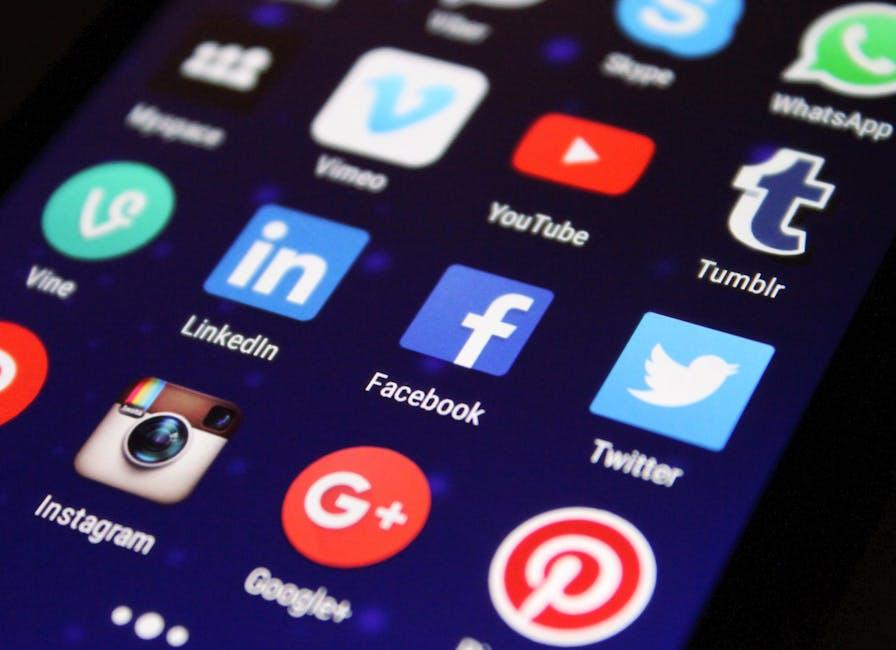
Navigating Your Content Ownership: What the New Settings Mean for You
With this new feature, creators are stepping into the driver’s seat when it comes to their content. YouTube is now letting you decide whether to allow those sneaky third-party companies to use your videos for training AI models. This is a breath of fresh air, even if it almost feels like a trick. You’ve probably seen the notifications popping up in YouTube Studio, but many might have ignored them, thinking this is just another gimmick. The default setting is actually set to “no,” which means YouTube is putting your interests front and center, giving you control instead of assuming you’ll play along. Who wouldn’t appreciate that? It’s like finding a good parking spot—rare and oddly satisfying!
Now, you might be scratching your head, wondering why any creator would flip that switch to “yes.” Honestly, it feels like there’s no compelling reason to hand over your hard-earned content. Would offering creators a financial incentive change the game? Maybe a dropdown menu allowing creators to set fees for their videos could make it more appealing! At this point, it smells a bit fishy—what does “share” really mean? If YouTube allows companies to sell your videos or gathers valuable data in return, it raises some eyebrows. YouTube might be quietly guarding its empire while also trying to seem creator-friendly. The update feels like a double-edged sword, making us think hard about our own content’s safety in this wild, fast-paced world of AI. What’s the real play here?
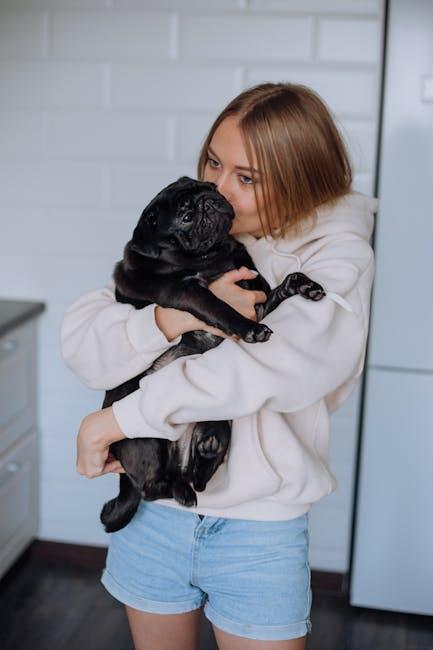
Weighing the Risks and Rewards: Should You Allow AI Companies Access to Your Videos?
Allowing AI companies access to your videos can feel like inviting a wolf into the chicken coop. On one hand, there’s a potential upside: your content could contribute to groundbreaking AI advancements that might benefit everyone. Think of it like being part of a team project where your unique skills help build something revolutionary. But let’s face it, the biggest question mark looms over what this actually means for you as a creator. Will your videos become mere fodder for corporate giants looking to capitalize on your hard work? Those enticing prospects of profitability seem distant when the fear of losing control over your content hangs over your head.
Moreover, YouTube’s default setting ensures that your videos are automatically shielded from being used without your explicit consent, which is a breath of fresh air in this digital whirlwind. But let’s not kid ourselves—how often do companies leverage this kind of data without a hidden agenda? If the AI industry has taught us anything, it’s that there are always layers lurking below the surface. So, why should you even consider switching that setting to “yes”? Perhaps if there were concrete benefits laid out, like a payment structure for using your valuable content, it might make that leap of faith easier to digest. Until then, it looks like creators are largely left in the dark with more questions than answers. So, what’s your gut telling you? Play it safe or take the plunge?
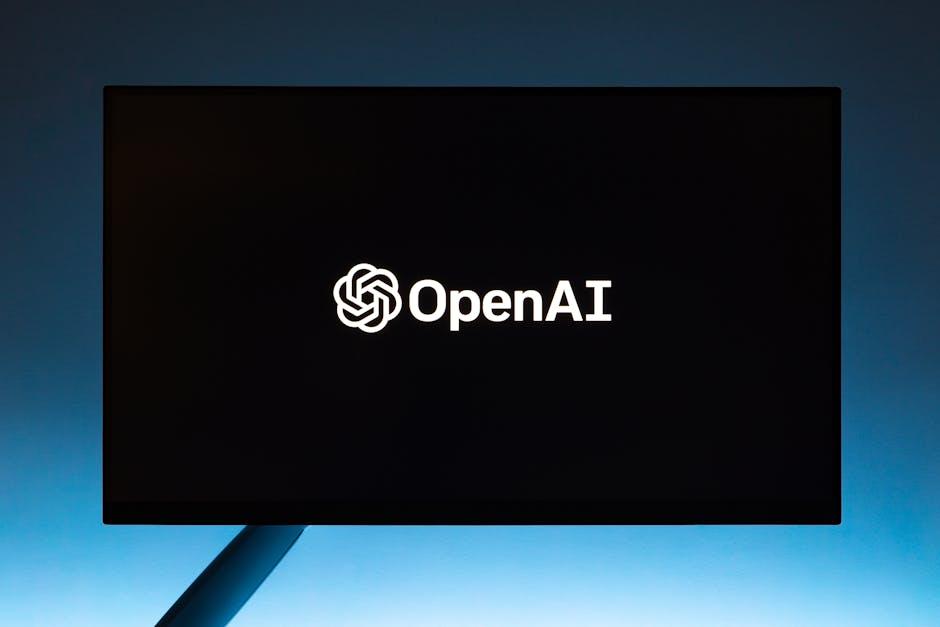
Keeping the Conversation Going: The Importance of Transparency in the AI Landscape
In today’s digital world, the landscape of creators, content, and artificial intelligence is evolving faster than we can keep up with. It’s like being on a rollercoaster that zooms in and out of thrilling twists and unexpected turns! By giving creators the power to choose whether or not third-party companies can use their videos for AI training, YouTube is taking a step toward transparency that has been sorely needed. Think about it: there’s something empowering about being able to say, “Hey, this is my hard work, and I get to control how it’s used.” This means every video uploaded is more than just entertainment; it’s a valuable piece of data in this AI arms race, and creators should have a say in how that data is used. Even though the default setting is set to protect creators—kudos to YouTube for that—it opens up a bigger conversation about the relationship between platforms, creators, and the tech giants that want to harness their content.
But let’s get real for a second. While we can laud the intention behind this update, we also have to confront the nagging doubts it brings. What does “share” really mean in this context? Does it imply that YouTube could potentially sell our videos to AI companies? That would raise some serious eyebrows, right? It’s like being at a buffet where you have to decide which dishes to allow others to taste while secretly hoping they don’t leave with your secret family recipe! And the million-dollar question remains: why would any creator say yes to sharing their hard-earned content? Until YouTube gives a solid answer and builds trust with its community, this transparency feels a bit like a smoke-and-mirrors act. We want to be optimistic about the changes, but we also crave clarity in an industry that feels like a Wild West, full of hidden agendas and unclear motives.
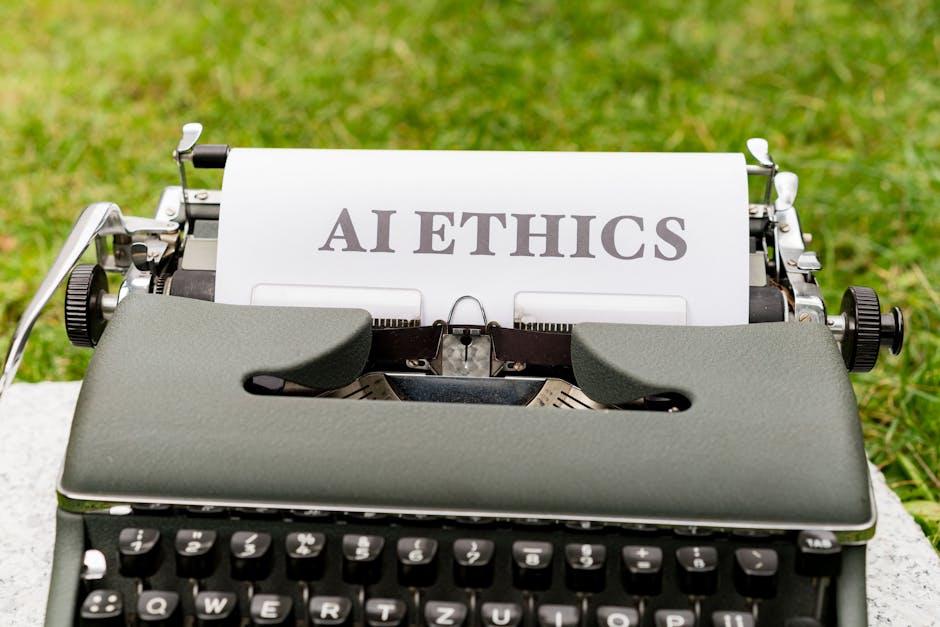
In Retrospect
As we wrap up our deep dive into this exciting—and admittedly a bit murky—YouTube update, it’s clear that the landscape for creators is shifting. The ability to control whether third-party companies can use your content for AI training is monumental. On one hand, it feels like a breath of fresh air, a sign that YouTube is finally putting power back into the hands of the creators. Yet, it also comes with a bundle of questions and concerns about how this all plays out in the grand scheme of things. Is it really about protecting us, or is there a sly business game being played behind the scenes?
It’s a classic case of “trust but verify,” right? We’re left pondering who really benefits from these settings and what it means for content creators in the long run. Will anyone actually choose to share their videos for a chance to cash in? The jury’s still out on that one.
So, what do you think? Are you planning to alter your settings, or will you sit back and let YouTube do the heavy lifting? Keep those thoughts rolling in the comments below! We’re all in this together, after all, navigating the sometimes bumpy road of digital content creation.
Thanks for hanging out and diving into this discussion with us. Until next time, keep creating and questioning everything—because in this fast-paced world of AI and content, staying informed is your best bet. Catch you in the next post!
